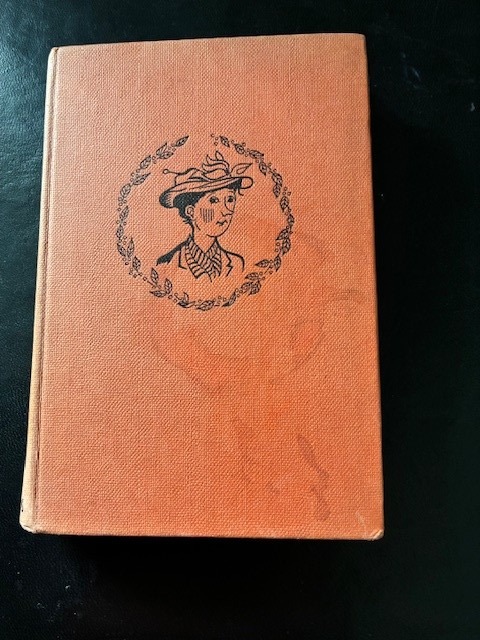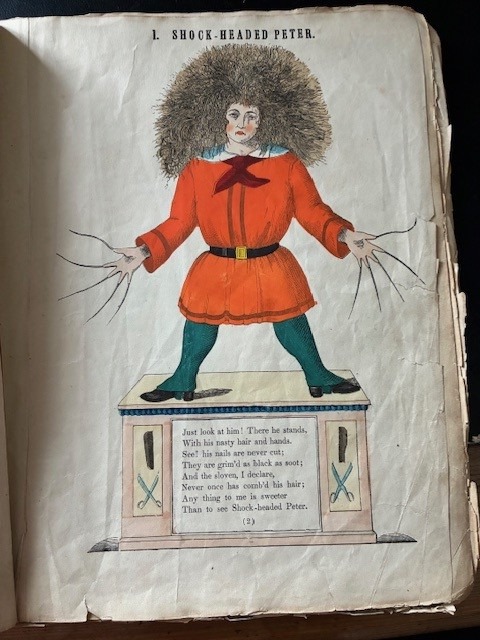Lisa Nandy suggested the other day that people were just getting on with their daily lives and not speculating about the budget. How arrogant this is and how disconnected from the fact that most people are very much concerned about the budget because it impacts their livelihoods.
The country is in paralysis, overwhelmed by the endless confusing messages coming from No.11 about the future budget. One day it’s income tax rises, the next it’s pensions, the next it’s a ‘mansion’ tax (although most ‘mansions’ in London and the South East are actually simply Victorian terraced or semi-detached houses that are far from being a mansion), the next it’s inheritance tax. Everyone is in the firing line.
These messages are generating fear and fear is the last thing people need, considering the government’s main message when they came into power was to promote growth. You can’t start a business, grow a business, or innovate if you are in fear. You need optimism. Without it no one would start any new venture.
But the attitude of Reeves and Nandy suggesting people aren’t taking notice of the budget reflects the unhealthy relationship we have to money in this country, as if money is a dirty word and those who make it become the “filthy” rich. But of course all of us are interested in how tax decisions will impact our ability to pay our bills. Wouldn’t we all like a little more money than we currently have? To pay off a mortgage? Feel secure on the rent? Take a few days’ holiday? Buy something for your child, parent or partner? Mend the leak in the roof? Most of us would.
A recent Times survey showed that almost no one feels they are rich because we all feel we are just struggling to pay our bills. The consequence is little growth because we can’t go to the shops and support the businesses on our high street, let alone other luxuries. The number of true millionaires or billionaires is miniscule – but if they, and other wealth creators, leave the country we shall be the worse off as they employ people, spend money and – which few people give them credit for – give large amounts to charity. Without those charitable donations much good work will be lost, and the State can’t afford to support the work these charities provide.
In a similar survey, the majority of people seemed to think that if you were reasonably wealthy it was down to ‘luck’. What an extraordinarily short-sighted perspective. Do people not realize how much time and effort is put into creating and running a business? If you set up your own company, however small, you spend 24/7 thinking about it, taking responsibility for the salaries and mortgages of your staff, watching competitors and the markets, and have often mortgaged your home to get it started. Whilst luck plays a part, it is the very unusual company or wealth that has been created other than through hard graft.
I think of Mark Knopfler’s song The Scaffolder’s Wife
“…don’t begrudge her the Merc
It’s been nothing but work and a hard life,
losing her looks over company books …”
Those who have gone into politics or the civil service straight from school or university have no experience of what it takes to keep a business going, to pay the bills and provide a good service. The reality is that if we chastise those who build businesses, employ people, make a success of it, then this country is going to go bust. The average salary is around £38,000 per year so if we lose those who earn more surely there is going to be very little tax to pay for the NHS or potholes, education, infrastructure, police, benefits or defending our country from hostile states.
We need aspiration. We have a major problem of several million adults out of work and high youth unemployment. To have growth we need to encourage these young people to believe that work is fulfilling, that making money and taking responsibility for your life gives you confidence and a sense of purpose. We need to encourage people to have ideas, to work hard, to put their all into work for themselves and the country. But when those who reach success are then denigrated, it puts young people off, how can it not? If we say wealth is a bad thing because “we don’t want those rich people anyway” then we are telling young people not to put their head above the parapets to try something new, to push through the challenges and make money, pay taxes but get a just reward.
We also need to recognise that not all human beings are the same and do not have the same motivations. Every country seeking growth needs to nurture that percentage of the population who have ideas, who can see a need that others haven’t seen, who can spot the way the world is going, the way science is developing or the economy is shaping up.
The history of the human race is punctuated by those people who have had a good idea and made it happen – in science, medicine, technology, manufacturing and more. We need the wealth creators, the business creators, the employers and innovators. You can bet that many of them may have had ADHD, busy minds that came up with ideas ten to the dozen. And, of course, those innovators need teams with diverse skills and temperaments to help them make it work.
We need to be encouraged to work, to save for a rainy day and save for our pensions rather than being threatened with having our savings or pension pots raided when we have done the sensible thing with our money. Businesses need to be encouraged to employ people rather than be taxed too highly or burdened with over-complicated regulation for doing so.
If those who are in power don’t understand that we have so many people in this country who have built small businesses and are working hard to make them profitable and are therefore very much preoccupied with what Rachel Reeves is saying, and is about to say, then they don’t understand their voters. These endless statements about the budget are limiting creativity and innovation, demotivating the solution-providers. We risk becoming, in Hayek’s words, “serfs” where the State takes over and our freedoms are reduced through being ground down by fear and lack of resource. It is the road to authoritarianism if we aren’t careful.
So let’s take our hats off to the scaffolder and his wife, and others who work hard and get both fulfilment and wealth from doing so because that wealth pays our taxes and funds our charities. And may Reeves, Starmer, Nandy and others respect the fact that those of us who vote do take a very real interest in the budget because it impacts our lives in fundamental ways.




